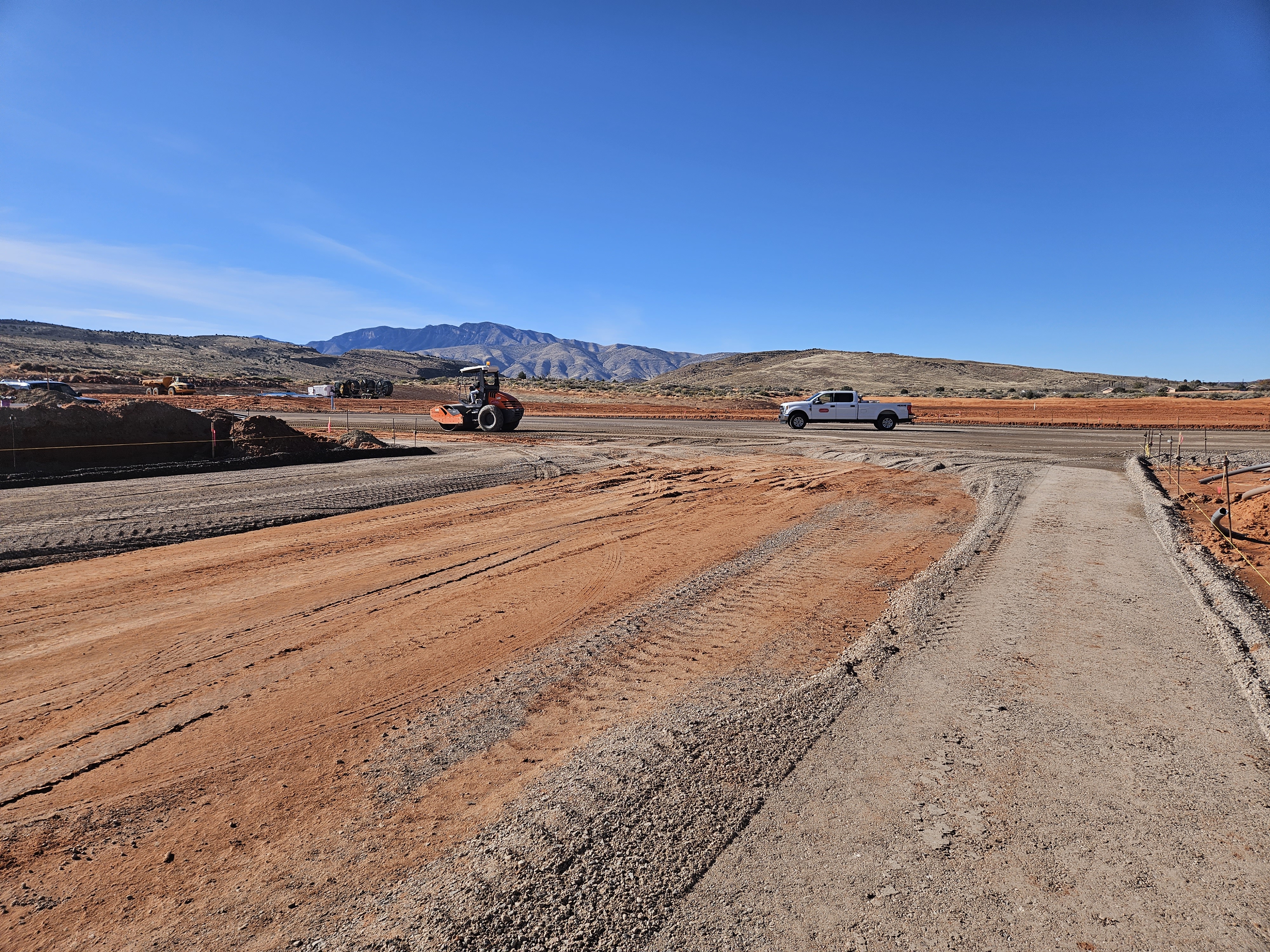
Legacy Fields
The Shivwits Project
Collaboration & Community
Our first Legacy Fields Project in Southern Utah is in coordination with The Shivwits Band of Paiutes. We will be constructing a soccer complex on 19 acres of property situated just 15 minutes outside of St. George at 5861 W Old Hwy. 91 in Ivins.

Legacy Fields at Shivwits Conceptual Landscape Plan
19 ACRES | 4 FIELDS | COUNTLESS GAMES & EVENTS
Completion expected in late 2024
What are the benefits to the local community?
The Legacy Fields Soccer Complex at Shivwitz will benefit the community in several ways.
The complex will provide a much-needed location for sporting events such as games and events.
The events held at the complex will increase the number of visitors to St. George, which will strength the community’s economy.
This project will also allow the community members to develop a greater understanding of and appreciation for The Shivwits Band and Southern Paiute culture.
What are the benefits to The Shivwits Band of Paiutes?
The complex will provide The Shivwits Band of Paiutes with an additional revenue source as the complex will be used to host games and events and provide jobs for some tribal members.
The tribe will utilize the complex for its own gatherings, events and contributing to tribal unity.
The nearby Shivwits Convenience Store will also have many more customers, which will increase its profitability.
Additionally, tribal members of all ages will be able to use the location for exercise and recreation.
It has been noted that “neither the written word nor the course of historical events have been kind to the Southern Paiutes.”(1) Nevertheless, the story of the Shivwits Band of Paiutes is one of determined resilience in the face of relentless challenges and broken promises.
Since time immemorial, groups of Southern Paiutes have lived in an area encompassing more than 30 million acres making up what is now southern Utah, northern Arizona, southern Nevada, and southeastern California. Today, these groups are federally recognized tribes known as the Shivwits, Cedar, Indian Peaks, Kanosh and Koosharem Bands of Paiutes, all based in southern Utah.
The Shivwits Band has always been known for hunting, fishing, and gathering, and being “closely tied to the awe-inspiring land which surrounded them.”(2) They sought to live close to water and in addition to the over 96 species of edible plants 3 they used for food and medicinal purposes, were able to grow numerous crops.
Theirs was a tranquil existence, which wasn’t interrupted by Euro-Americans until the mid-1800s. These passers-through were typically traders and trappers traveling the Old Spanish Trail which passed right through Paiute territory.
The federal government tried to consolidate all the Native Americans in Utah onto one reservation, a policy advocated by the Utah settlers. As part of this consolidation effort, a treaty was negotiated with a few of the southern Paiute bands in 1865. The treaty became known as the Spanish Fork Treaty, and on June 18, 1865, was signed by the Utes. By this Treaty, the southern Utah Paiutes were to move to the Uintah Reservation with other Utah Indians. However, following the treaty, the government seemed to forget about the Paiutes for a few years. The treaty was never ratified by the Senate and its terms were not implemented; the Paiutes never left their ancestral homelands.
As of May 2020, there were a total of 311 enrolled members of the Shivwits Band of Paiutes. As of May 2020, there were 222 tribal members who were 18 years of age or older.
There are 22 residences on the Shivwits Band Reservation occupied by 116 residents(4).
—
1 A History of Utah’s American Indians, edited by Forrest Cuch, 2003, p. 123.
2 Nuwuvi: A Southern Paiute History, published by the Inter-Tribal Council of Nevada, 1976, p. 5.
3 See Footnote 1
4 Shivwits Band of Paiutes
Learn more about The Shivwits Band of Paiutes economic development efforts
CONTACT:
CAMERON HAWK
Economic Development Coordinator
EMAIL »

